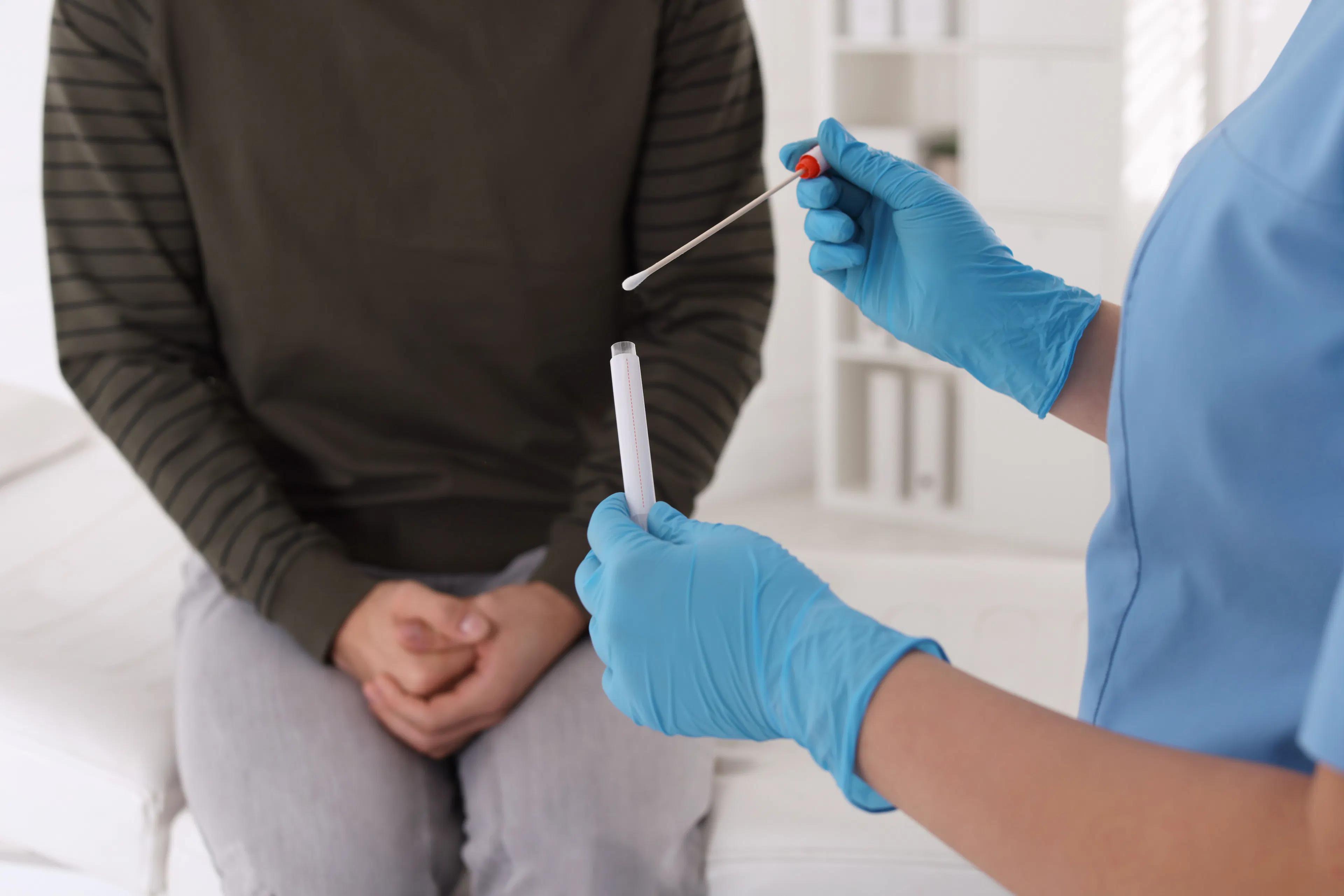This article first appeared on our sister site, Contemporary OB/GYN.
In the United States, nearly 1 in 4 female adolescents and young adults test positive for sexually transmitted infections (STIs) annually, a statistic made even more troubling by the fact that these young women often avoid health care due to cost, transportation, and confidentiality concerns. With more than 33% of adolescents reporting no primary care provider, this demographic often relies on emergency departments (EDs) and inpatient (IP) settings for their health care needs.
With the COVID-19 pandemic having decreased healthcare access in the United States, adolescents at risk for sexually transmitted diseases were further compromised. At the time, health experts warned of adverse outcomes on sexual and reproductive health (SRH) for adolescents.
Recently, a study published in Hospital Pediatrics compared changes in STI diagnoses during adolescent visits at children’s hospitals during the COVID-19 pandemic to diagnoses before the pandemic. Investigators conducted the retrospective cohort study using the Pediatric Health Information System database comparing adolescent (aged 11 to 18 years) hospital visits with an STI diagnosis by the International Classification of Diseases, 10th revision, during COVID-19 from 2020 to pre-COVID-19 (2017 through 2019).
A total of 2,747,135 adolescent visits from 44 hospitals in the United States were studied, of which 10,941 resulted in an STI diagnosis. The majority (54.5%) of the STI diagnoses were the primary diagnosis: an STI was the primary diagnosis for 36% of IP visits and 66% of ED visits. Where an STI was a secondary diagnosis, the most common primary diagnoses included urinary tract infections, sepsis, acute vaginitis, and unspecified abdominal pain.
What You Need to Know
The study found a significant increase in STI diagnoses among adolescent visits to children's hospitals during the COVID-19 pandemic compared to pre-pandemic periods.
The findings suggest that disruptions in healthcare access during the COVID-19 pandemic, such as loss of primary care access and reduced school-based sexual education, may have contributed to the increase in STI diagnoses among adolescents.
The study underscores the importance of optimizing STI care and enhancing SRH education for adolescents, particularly during health crises like the COVID-19 pandemic.
During the summer of 2020, compared to the pre-COVID-19 period, there was an increase (30.4%) in median inpatient weekly visits overall with an STI diagnosis, as well as an increase in visits in fall 2020 (27.3%). Investigators also acknowledged that other recent studies have shown decreased STI testing and increased STI diagnoses in various clinical settings during COVID-19 periods of 2020. “Our findings may be partially driven by changes in health care utilization (eg, loss of primary care access and school-based sexual education) and increased reliance on nontraditional settings for SRH care, including hospital-based care,” noted the authors.
Researchers concluded that as a result of this increase in adolescent inpatient visits with an STI diagnosis in 2020, further work is needed to improve STI care, particularly for this demographic. In the study, the authors noted, “Given our findings and recent literature on SRH care of adolescents during COVID-19, efforts are needed to optimize SRH care and offset risk for increased STIs…to prepare for future pandemics. To optimize STI testing and treatment, innovative efforts are needed, including virtual and in-person outreach, to increase adolescent access to SRH education and care. These efforts are instrumental to reduce the risk for STIs among adolescents cared for in the hospital with the potential to improve related health outcomes…in future health care crises.”
Reference
Masonbrink AR, Abella M, Hall M, Gooding HC, Burger RK, Goyal MK. Sexually transmitted infection diagnoses at children’s hospitals during COVID-19. Hosp Pediatr. 2024;14(1):e1-35. doi:10.1542/hpeds.2022-006750





















